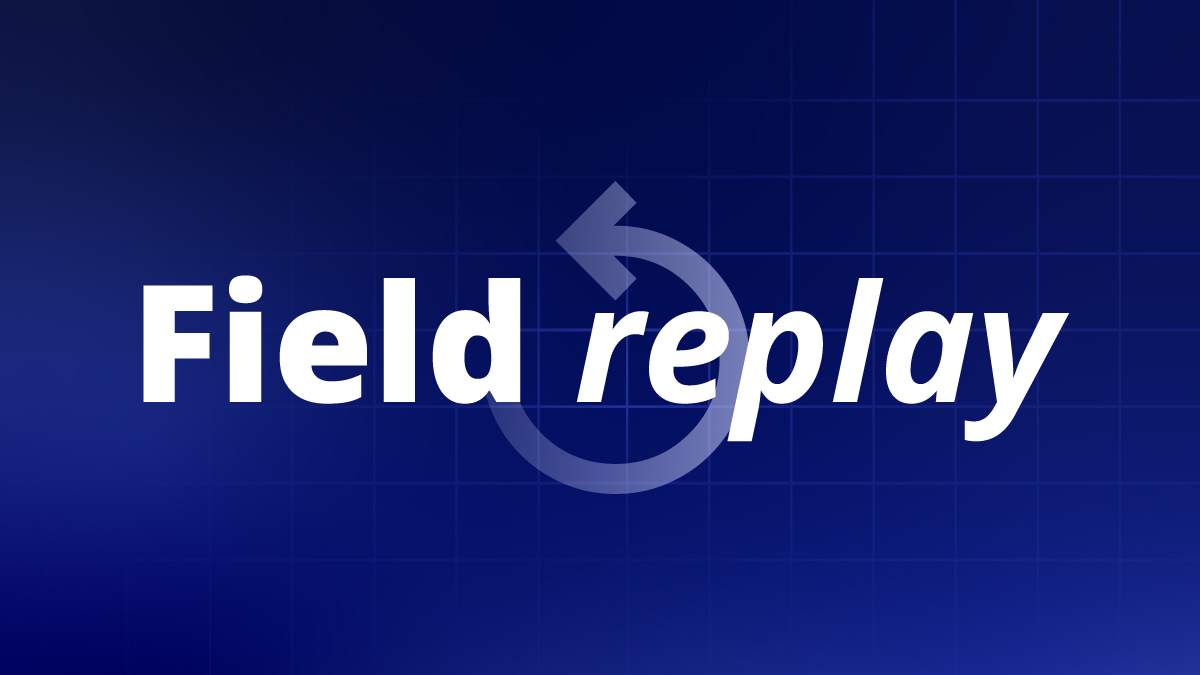
Contents
PPP loans are back: Here’s what you need to know
January 20, 2021
UPDATE: On March 3, 2021, the SBA released a new application and loan calculation formula for self-employed workers and sole proprietors who file IRS Form 1040 Schedule C. This new formula uses gross income rather than net profit to calculate the loan amount, which could allow those who qualify to receive a larger loan. For more information, read our section about “How much applicants can borrow.”
Between April and August 2020, the Paycheck Protection Program (PPP) distributed $523 billion in forgivable loans to 5.2 million small businesses. Now the program is restarting with $284 billion of funding.
Want to learn more about eligibility, important dates, and the application process? Whether you’re applying for the first time or for a second round, here’s what you need to know.
What is the Paycheck Protection Program?
The PPP provides loans that help businesses keep their workforce employed. The program covers up to 24 weeks of payroll costs and qualifying non-payroll costs.
Who’s eligible?
All small businesses are eligible to apply for the PPP, including:
- Companies with less than 500 workers
- Sole proprietors (those who pay taxes on a Schedule C)
- Independent contractors who collect 1099-MISC forms (however, for the application you’ll need to submit a Schedule C, not your 1099)
- Gig workers (those who take on-call jobs)
The only stipulation is that your business was operational as of February 15, 2020. Also, applicants must certify that “current economic uncertainty” makes their loan request necessary. It’s also important to note that you cannot receive Unemployment Benefits and a PPP loan at the same time.
Can companies, sole proprietors, or contractors apply for a second time?
The new funding is available to both first-time applicants and returning borrowers. Employers who already took out a loan may be eligible for a second loan. This is known as a “Second Draw” PPP loan.
To be eligible for a second PPP loan, applicants must:
- Employ 300 or fewer employees
- Have used up their first PPP loan proceeds
- Demonstrate that their revenue in any 2020 quarter is at least 25 percent less than the same 2019 quarter
How much can applicants borrow?
First-time borrowers are eligible for 2.5 times their average monthly payroll cost, up to $10 million. Second-time borrowers are eligible for up to $2 million.
The maximum PPP loan amount that a sole proprietor or self-employed individual can borrow is $20,833 unless the business has other employees.
On March 3, the SBA released a new application and loan calculation formula.
Self-employed workers and sole proprietors who file IRS Form 1040 Schedule C can now list gross income on line 7 of the tax form. Gross income will be used to determine their eligible loan amount. Previously, Schedule C filers listed their net profit from line 31 on the form.
Using gross income rather than net profit could allow qualified borrowers to receive a larger forgivable loan amount.
When should borrowers apply?
Most borrowers can apply starting January 19, 2021. The deadline to apply is March 31, 2021.
Do PPP loans have to be paid back?
The loan can be forgiven if certain conditions are met. At least 60 percent of the loan must be used to pay workers, and the rest must be spent on qualifying expenses such as rent, utilities, and mortgage interest payments. The money must be spent between eight and 24 weeks after the loan is funded.
What’s the best way to find a lender?
PPP loans are available through many banks, credit unions, and community lenders. If you have an existing banking relationship, ask them if they are a participating lender.
To be matched with a participating PPP lender, visit SBA Lender Match.
Are there any downsides to applying for the loans?
No. If you think you might use the money, you should apply. There are no penalties or costs associated with applying. Also, you don’t necessarily have to use the funds if you are approved.
Where can I find more information?
The SBA and Chamber of Commerce have published detailed information about loans and other resources available to small businesses. You can also contact your local SBA approved lender to answer any questions you have.
RELATED RESOURCES
More from the field
- Labor Marketplace
- Upcoming Webinar
- Labor Marketplace
- Service Coverage
- Infographic
- Business Growth
- Quality Outcomes
- Success Story




